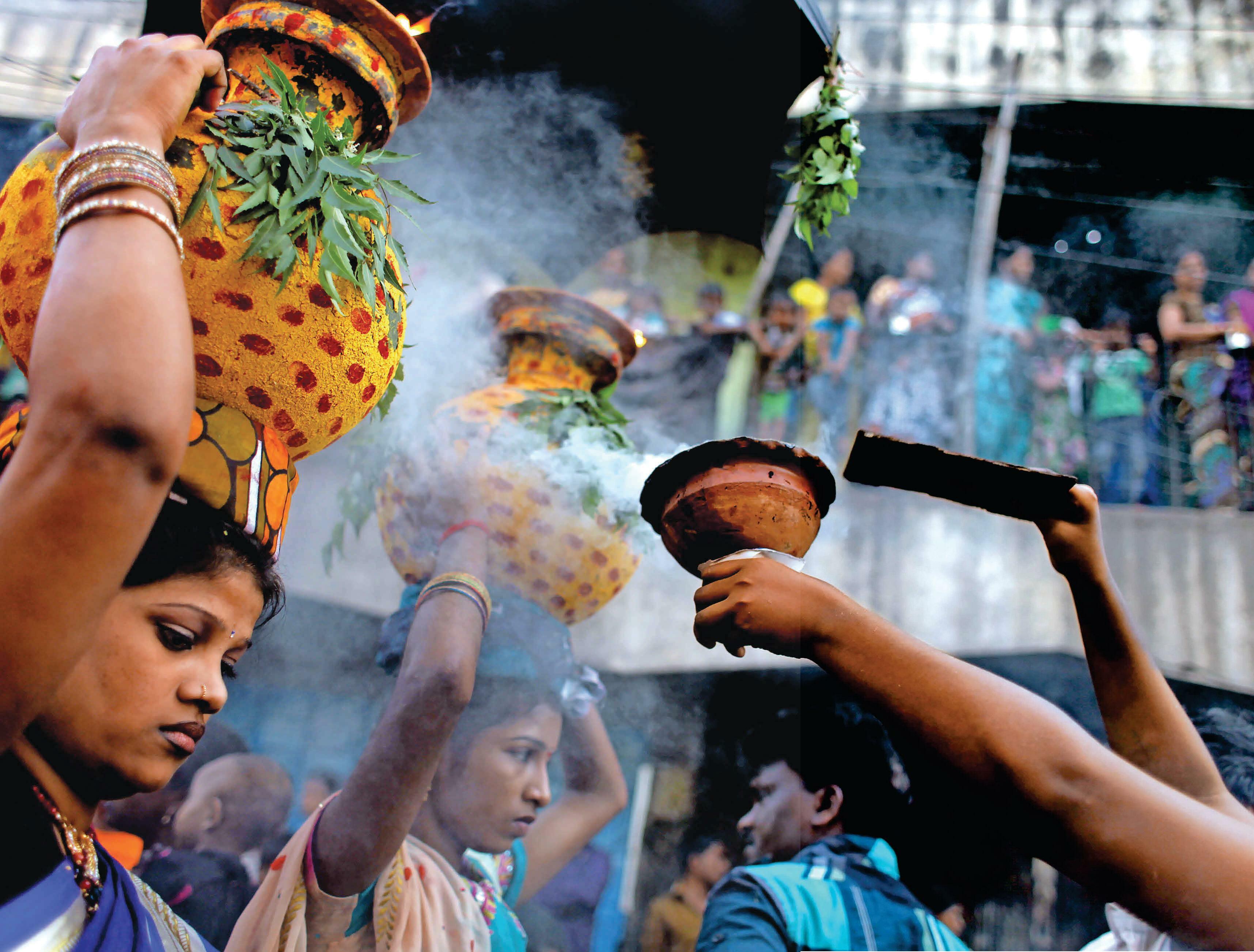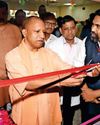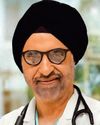Prøve GULL - Gratis
Hope in the midst of havoc
THE WEEK India
|September 08, 2024
A Telugu community in Bangladesh, with a history dating back more than 150 years, faces multiple challenges. They want the new government to lend them a patient ear

Every year, Dhaka resident Trinath Baurusetty retraces the steps his forefathers took nearly two centuries ago. The 27-yearold embarks on a journey to India from the Bangladesh capital. After crossing the international border into West Bengal, he takes a train from Kolkata to Visakhapatnam. His destination is Etikoppaka village, renowned globally for its traditional toys. The village holds a geographical indication (GI) tag for its handicrafts. For Baurusetty, the place connects him to his Telugu roots.
“From a very young age, I was curious about my identity. I asked myself many questions about who I was. This quest has led me to make regular trips to Andhra Pradesh,” said Baurusetty in fluent Telugu. According to the information he gathered, his great-grandparents or the generation before them had migrated from Etikoppaka to Dhaka during British rule. People from many dalit families on the Andhra coast were taken for manual labour in the 1850s and later employed in tea plantations or as cleaners and scavengers in the railways and the Dhaka municipality. Today, Baurusetty is part of the 30,000-odd Telugus in Bangladesh.
K. Suryanarayana, professor emeritus at Andhra University in Visakhapatnam, said the trend was the result of cheap labour exploited by the East India Company. “The tea, teak and coffee plantations required labour, and the East India Company used workers from the area stretching from Rajahmundry to Ichapuram. They migrated to countries like Myanmar, which were considered Suvarnabhumi. In fact, in the 18th and 19th centuries, those who migrated to work in those countries earned a lot and were treated as rich foreigners by the locals. But some of them had to return without making much money and had to be rehabilitated by the governments.”

Denne historien er fra September 08, 2024-utgaven av THE WEEK India.
Abonner på Magzter GOLD for å få tilgang til tusenvis av kuraterte premiumhistorier og over 9000 magasiner og aviser.
Allerede abonnent? Logg på
FLERE HISTORIER FRA THE WEEK India

THE WEEK India
AI ALONE WON'T HEAL INDIA'S HEALTH CARE
India needs a mission-driven, public-first approach in using AI for health, not a race to mimic the west
4 mins
November 23, 2025

THE WEEK India
A Lifeline of Hope Compassionate Revolution ft. Sushena Health Foundation
In a world often focused on metrics and outcomes, a quiet but profound revolution based on compassion and equitable access is being envisioned.
2 mins
November 23, 2025

THE WEEK India
Precision is the New Default Why Robotic Surgery Has Become the Mainstream
In a world where our phones unlock with a glance and our cars can drive themselves, it would be unfair if the operation theatre remained trapped in yesterday's technology. Surgery today is about purposeful precision with every movement measured, every outcome intentional. The evolution of robotic surgery represents this very shift — from ‘good enough’ outcomes to outcomes that are consistently excellent and predictable.
1 mins
November 23, 2025

THE WEEK India
New kids on the stage
For these next-gen actors, theatre holds as much appeal as stardom in cinema
5 mins
November 23, 2025

THE WEEK India
Precision Driven IVUS-NIRS Technology is Transforming Cardiac Care
Dr Balbir Singh, Chairman and Head of Cardiology at Max Healthcare, is a recipient of numerous prestigious honours, including the Padma Shri, for his exceptional skills and contributions in interventional cardiology and electrophysiology. Dr Singh has performed thousands of Intra-Vascular Ultrasound (IVUS) driven Angioplasties. IVUS is used in angioplasty to provide doctors with a detailed, real-time, three-dimensional view of the artery's interior, which helps them to precisely assess blockages, guide stent placement, and confirm the success of the procedure.
3 mins
November 23, 2025

THE WEEK India
White Spot Lesions in Dentistry
White spot lesions (WSLs) are the earliest visible signs of dental caries, appearing as chalky white or opaque areas on tooth surfaces. They indicate early enamel demineralization and can be seen with the naked eye. Early recognition and management are essential to prevent progression into cavities.
1 mins
November 23, 2025
THE WEEK India
The New Age of Spine Surgery
Taking care of your spine begins with small, consistent habits. Maintaining correct posture while sitting or lifting, walking regularly, and strengthening back and core muscles can go a long way in preventing problems. Eating a balanced diet and keeping body weight under control also help reduce stress on the spine.
1 min
November 23, 2025

THE WEEK India
THE RED FLAG IN YOUR URINE: Understanding and Detecting Bladder Cancer
The bladder is an organ which stores urine, which is produced by the kidneys. The bladder is a hollow, viscus organ that holds it for a few hours before it is eliminated. While it can occur at any age, the median age of diagnosis is typically 70 years or older.
1 mins
November 23, 2025

THE WEEK India
INTERNATIONAL QUALITY HEALTHCARE MADE AFFORDABLE IN VELLORE
Naruvi Hospitals, creating new benchmarks in affordable world class health care, spreading its ‘Fragrance of Care’ in Vellore, and beyond.
4 mins
November 23, 2025

THE WEEK India
Richardsons Face Hospital
India's first face hospital
1 mins
November 23, 2025
Listen
Translate
Change font size
